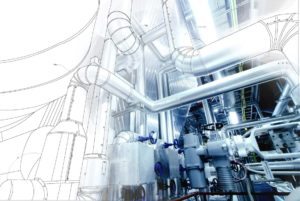
This use case pertains to providing digital assets about current (real time) and historical data to an AR user in context for informed decision making. It can be a component of other use cases, including complex assembly, collaboration, guidance, inspection, maintenance and remote assistance.

